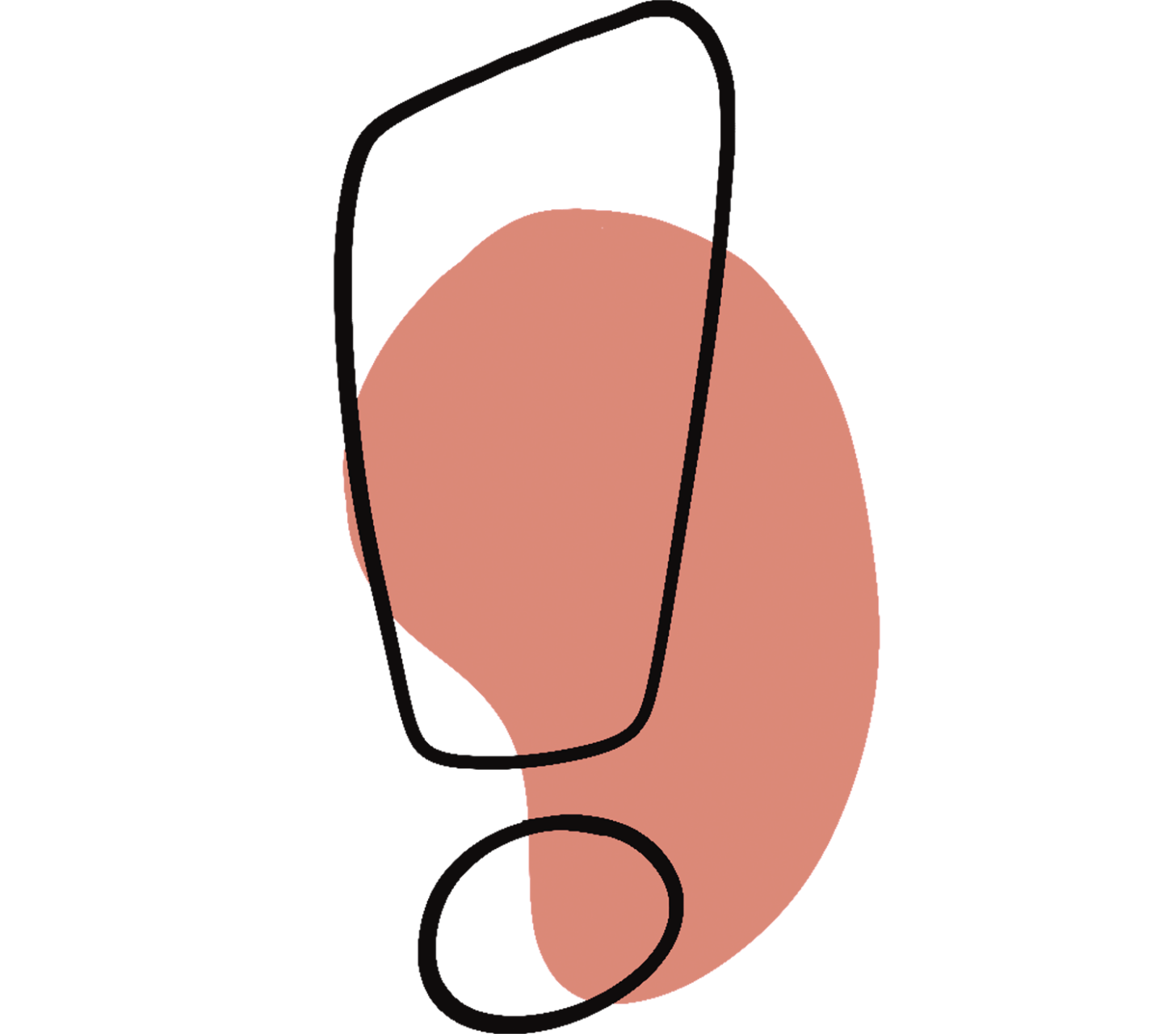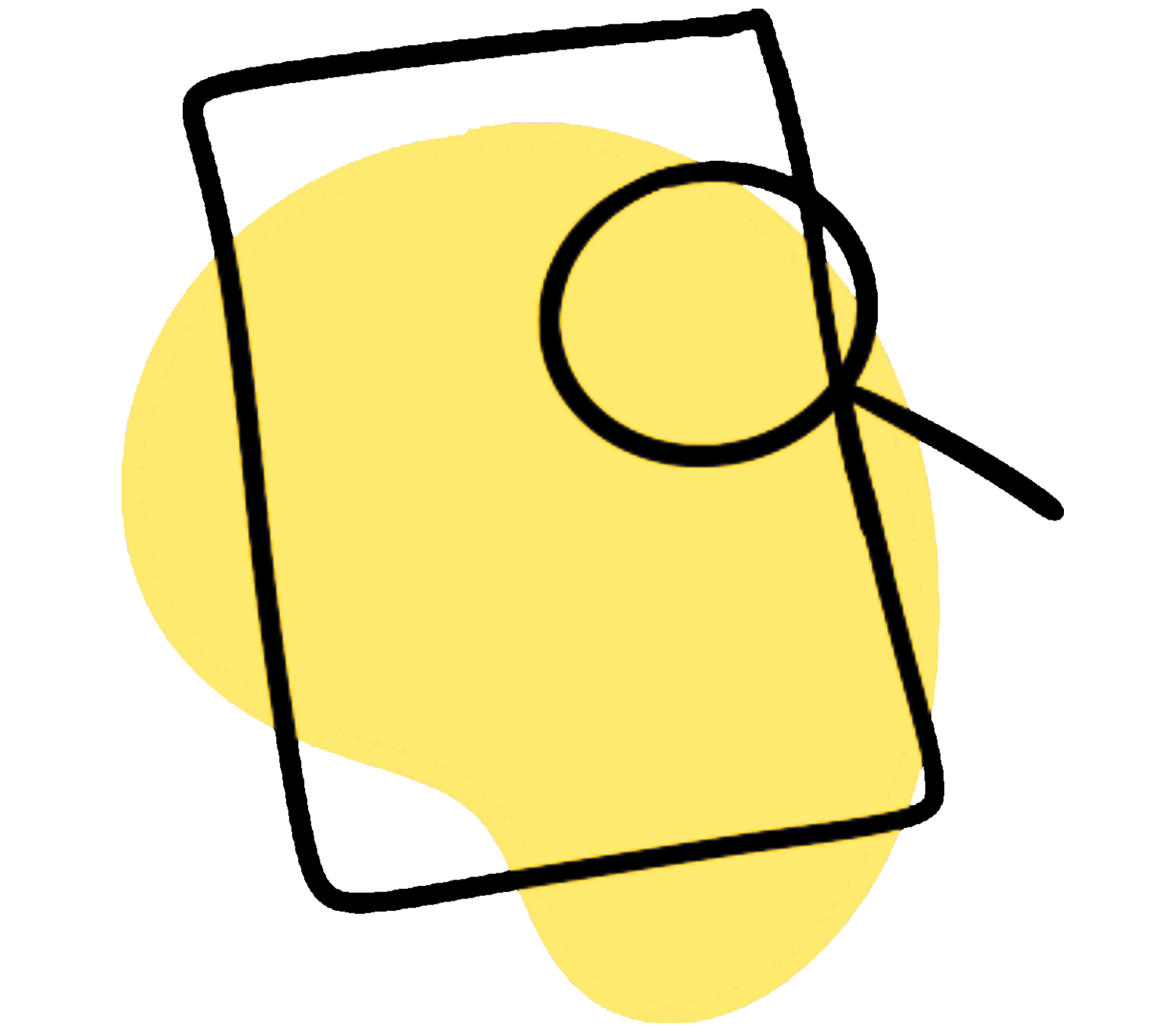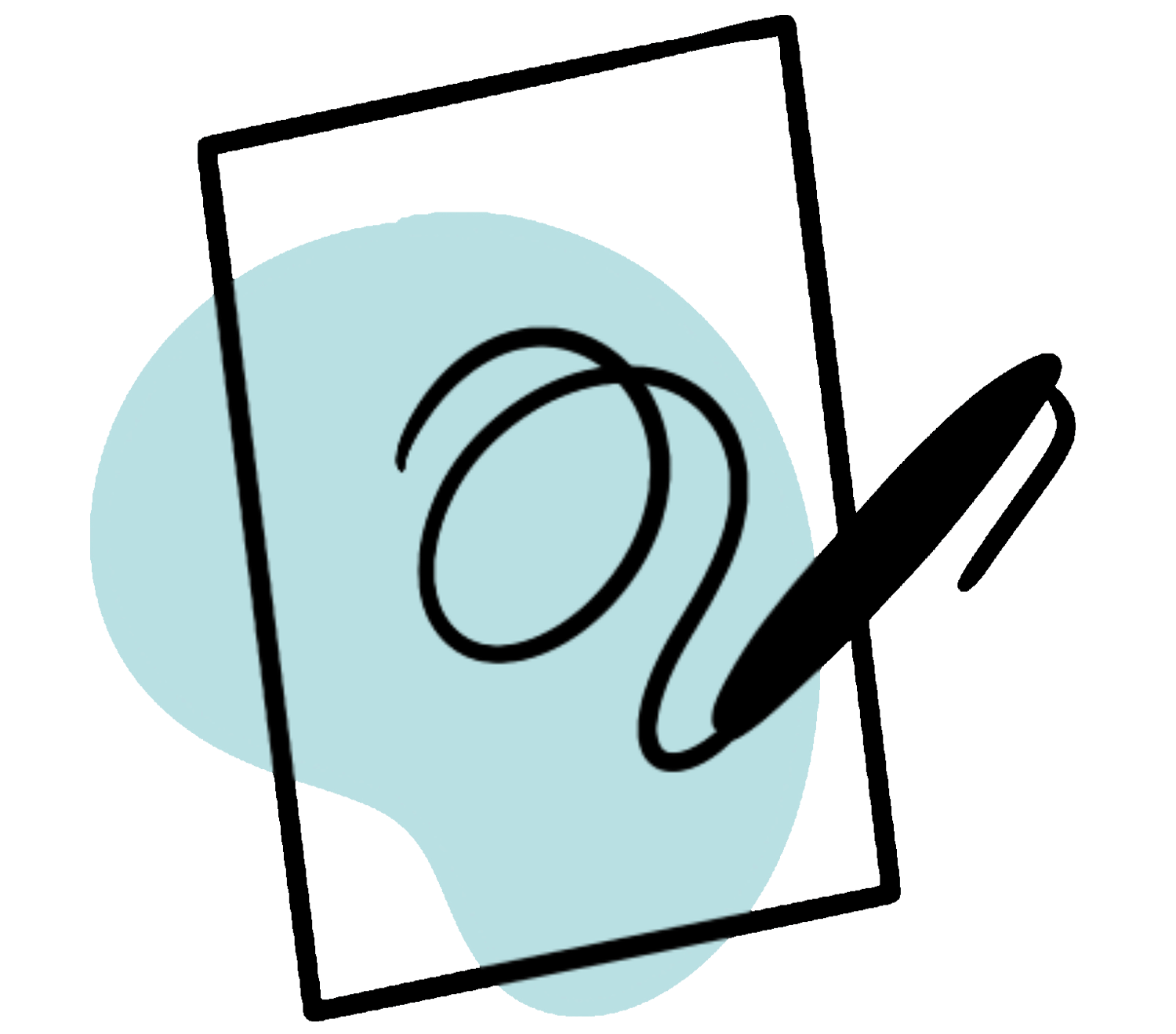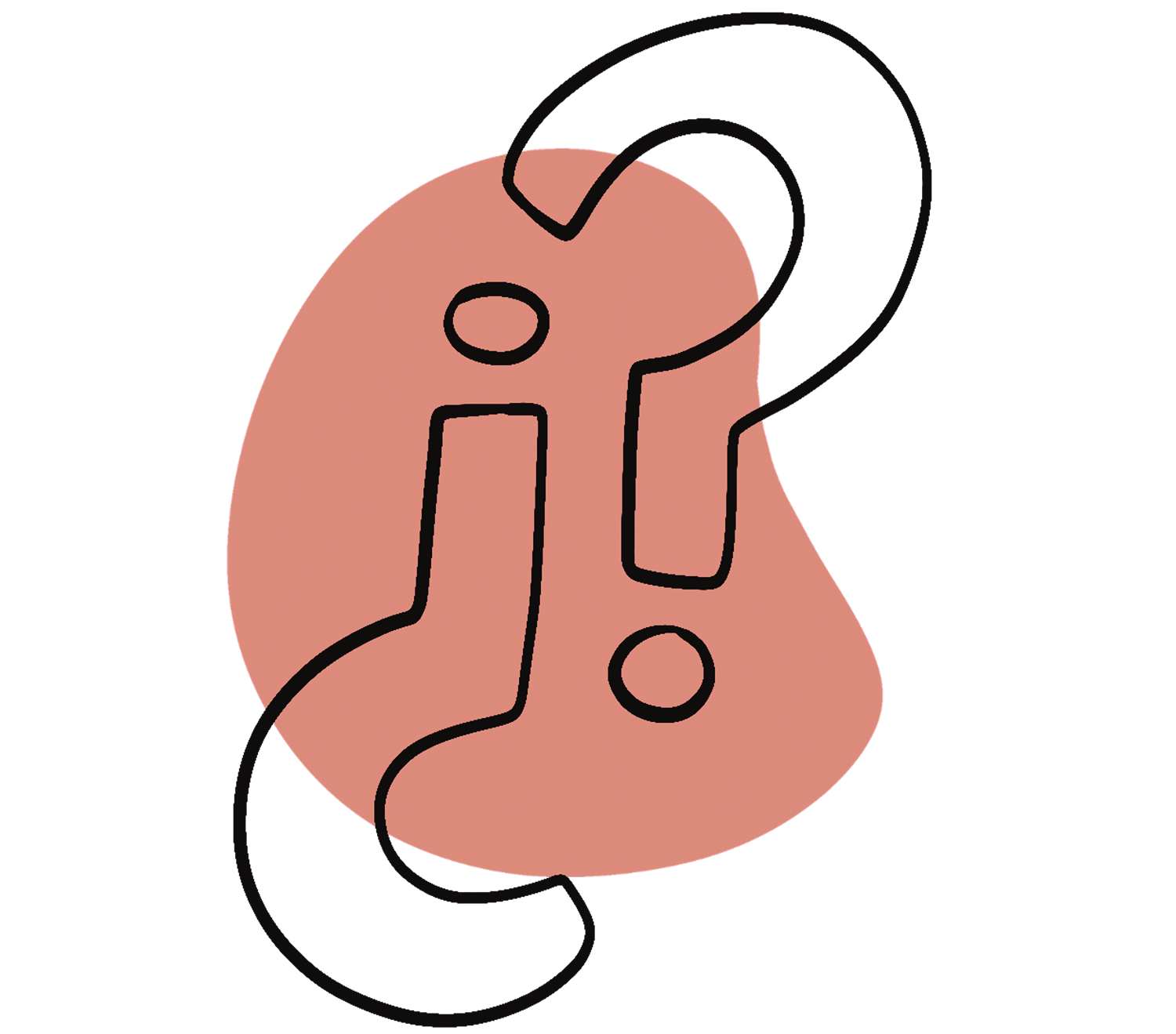This method has several advantages:
- You can discover what good writing means for you.
- You can improve your planning and time management, which in turn can motivate you to write.
- You can begin to see writing as an enjoyable activity.
- You can find your individual writing rhythm.
Close your eyes and relax. In your mind, create the image of a week in which your writing has its place.
The week should be realistic, so that you also have time for other things – work, leisure, sleep etc.
Ask yourself the following questions to shape your writing time:
- On how many days per week do I write? Which days are they?
- How often and for how long do I write during each writing session?
- How many hours do I write in total per week?
Now look at this image in more detail. Zoom in on one day of your writing week – this is your ideal writing day.
Also picture your writing location with all senses: What do you hear? How is the light, what do you see when you let your gaze wander? What are you sitting on? What are you drinking? How does the air smell as it flows in through the open window?
Consider the following:
- How do I prepare for writing? How do I start writing?
- How long do I write? When and how often do I take breaks? What do I do in these breaks?
- How do I end my writing session and prepare a smooth start for the next one?
- What other opportunities do I use during the day to keep working on my writing project?
Open your eyes again and sketch your ideal writing week and your ideal writing day.

Literature: Scheuermann, Ulrike (2011): Die Schreibfitness-Mappe: 60 Checklisten, Beispiele und Übungen für alle, die beruflich schreiben. Vienna: Linde.
Here is an example from a student working on their bachelor’s thesis:


Why should I plan an ideal writing week?
This writing technique supports you in planning and time management, which in turn can increase your motivation and help you enjoy writing.
What should I do once I have decided on my ideal writing week?
Reflect on your ideal writing week and consider which elements you can actually put into practice. Do not take on too much at the beginning.
This article was published in August 2025 and last updated in October 2024.







